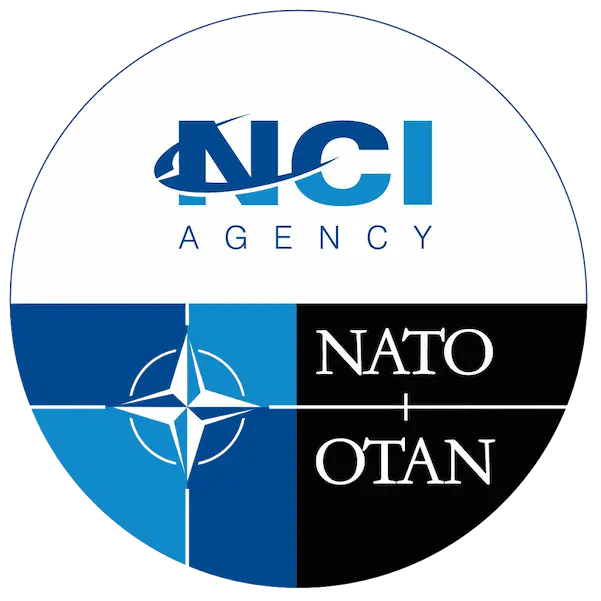Post-Quantum Encryption Technology
Dual-layer, quantum-resistant encryption protecting your most sensitive communications
Hybrid Quantum-Resistant Release
Advanced hybrid cryptographic layer combining two independently robust Post-Quantum algorithms
Cellcrypt's new dual-algorithm approach combines Crystals Kyber (lattice-based) with Classic McEliece (code-based) cryptography, providing unprecedented security against both classical and quantum threats. This layered defense ensures that even if one algorithm is compromised, your communications remain protected by the second independent layer.
Cellcrypt's Post-Quantum Evolution
From pioneering post-quantum secure communications to a revolution in layering post-quantum algorithms, demonstrates Cellcrypt's continuous advancement in quantum-safe encryption
Launch of the First Secure Communications App with Post-Quantum Protection
Launch of hybrid classical and quantum-safe encryption techniques
Introduction of an Agile Post-Quantum Crypto Layer
Cellcrypt introduces a new Agile PostQuantum crypto layer designed to allow the easy replacement of PQ Algorithms
Launch of Cellcrypt's Layered Post-Quantum Cryptography
Launch of revolutionary Crystals Kyber + Classic McEliece dual-algorithm protection
Enhanced Upgrades
Introduction of advanced quantum-resistant cryptographic improvements
Layered Quantum-Resistant Security
Our multi-layered encryption approach provides redundant protection against evolving quantum threats through independent cryptographic algorithms.
Layer 1: Classic McEliece Post-Quantum Foundation
Code-based cryptography providing the foundational quantum-resistant security layer with decades of cryptanalytic testing and mathematical maturity.
Layer 2: Crystals Kyber Lattice Protection
NIST-selected lattice-based encryption offering efficient quantum resistance with optimized performance for real-time communications.
Layer 3: Classical Encryption Integration
Traditional AES-256 and ECDH protocols integrated for backward compatibility and defense against classical attacks during the quantum transition period.
Why Cellcrypt's Layered Approach Succeeds
Our unique multi-algorithm strategy provides unmatched protection through cryptographic diversity and redundant security layers.
Cryptographic Diversity
Two completely different mathematical foundations (lattice-based and code-based) ensure that compromise of one algorithm doesn't affect the other, providing true redundant security.
Future-Proof Architecture
Agile cryptographic framework allows seamless algorithm updates as new quantum-resistant standards emerge, without requiring complete system overhauls.
Performance Optimization
Intelligent algorithm selection balances security with performance, using efficient Kyber for most operations while Classic McEliece provides the security foundation.
Proven Reliability
Both algorithms have undergone extensive cryptanalytic review and NIST standardization processes, providing confidence in their long-term security properties.
Security Certifications
Trusted by governments and enterprises worldwide

FIPS 140-3 Level 2
CAVP - Algorithms, CMVP - Crypto Module

NATO NCI
NATO Information Assurance Product Catalogue

Common Criteria (NIAP)
Common Criteria Evaluation Assurance Level 4+
Cellcrypt's security implementations exceed industry standards with multiple certifications and evaluations
Trusted by Governments Worldwide
NIST Validated
Both encryption algorithms approved by NIST for post-quantum cryptography
NATO Certified
Meets NATO standards for secure government communications
FIPS 140-3 Certified
Cryptographic modules certified to FIPS 140-3 Level 3 standards
Cellcrypt's dual-layer post-quantum encryption has been rigorously tested and validated by international security standards organizations, providing the highest level of assurance for protecting your most sensitive communications against both current and future threats.
